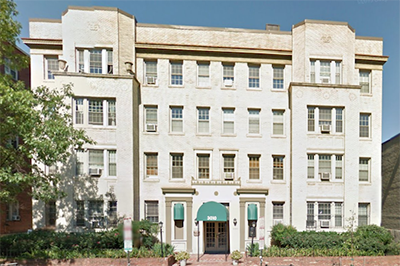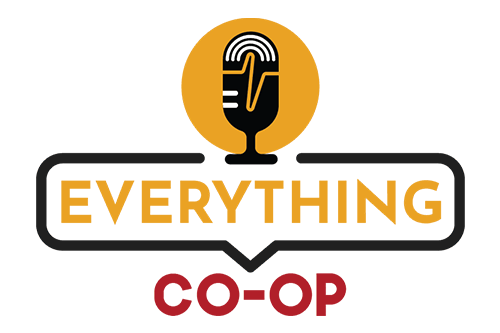
Washington, DC At-Large Councilmember Anita Bonds, a primary force behind the Task Force’s creation, joined Capital Impact Partners’ CEO Ellis Carr and NCB’s Chief Lending Officer Casey Fannon to introduce the event and emphasize the importance of developing new limited equity cooperatives to create wealth and expand the supply of affordable housing in Washington, DC.
Limited equity cooperatives can accomplish these goals due to their structure. They are a form of cooperative intended to provide affordable housing to low- and moderate-income residents. Residents purchase shares to live in the cooperative’s units and participate in co-op governance. Residents pay monthly fees for expenses like maintenance and taxes. Such fees promote affordability insofar as they are often below market-rate rent. The resale value of shares in the LEC is partly restricted and potential members must fall under income limits designed to ensure the co-op’s affordability. Depending on location, taxes on LECs may be assessed using their operating expenses—rather than the property’s market value—further reducing expenses.
These features enable residents to remain in the city as housing prices continue to rise. Kathryn Howell, a professor at Virginia Commonwealth University who researches affordable housing, explained to the group some of the challenges LECs face in accomplishing this goal, beginning with an overview of the sector in the District. With close to 100 locations, there are well over 4,000 housing units in DC’s limited equity cooperatives. The co-ops are located across DC’s eight wards, with wards 1, 4 and 7 being notably LEC-dense.
Washington LECs face challenges. Existing LECs can be pressured to transition to market-rate properties, from both internal and external parties. Because of rising real estate prices, building maintenance costs or taxes, resident member-owners may decide that becoming a market-rate cooperative or simply selling the property outright is what they wish to do, despite the loss of housing affordability that often follows.
LEC formation also presents some hurdles. Howell explained that DC limited equity cooperatives usually form following an announcement that the property in which tenants live will be sold. The Tenant Opportunity to Purchase Act (TOPA), a DC law, requires that tenants be given a chance to refuse the sale of their building to another party. Tenants are empowered to purchase the property for the same price offered by this other party to the current owner. Tenants may also assign this right to another organization in exchange for building repairs, renting arrangements, etc. (Here’s one person’s explainer based on their experiences with the process).

This TOPA-mandated process enables tenants to form limited equity cooperatives to retain housing affordability. Still, certain barriers can make the process difficult. The process includes forming a tenants’ association, deciding to create a cooperative, obtaining expertise in cooperative formation and real estate development, accessing lending and other financial resources, and so on. All these actions must occur within time limits mandated by TOPA, which resident groups can find too short a time period given their schedules and responsibilities.
Members of the Task Force studied these issues and made their recommendations to reduce these ongoing barriers. Their comprehensive final list of 16 recommendations was first published in a report this past October. Common themes among the recommendations include improving financing and increasing funding at various stages of the conversion process, removing tax burdens, annually collecting information on LECs, and streamlining the governance of LECs in Washington by having the DC Department of Housing and Community Development (DHCD) manage LEC affairs. Finally, the Task Force strongly recommended that at least 2,000 new units of LEC housing be created by 2025, part of the 12,000 new units that Mayor Bowser has set as the city’s 2025 affordable housing goal.
Limited equity cooperatives hold strong promise for improving housing equity and inclusion for low- and moderate-income residents in urban areas, who are often minorities, immigrants, refugees and others often marginalized by society. The cooperative model has been used, over and again, to create socioeconomic empowerment where such power has traditionally been wanting. Housing cooperatives, including LECs, are an answer to our cities’ many crises of affordable housing. The District of Columbia’s leadership and affirmation of the power of the co-op model point toward hopeful improvements in the living situations of many.


